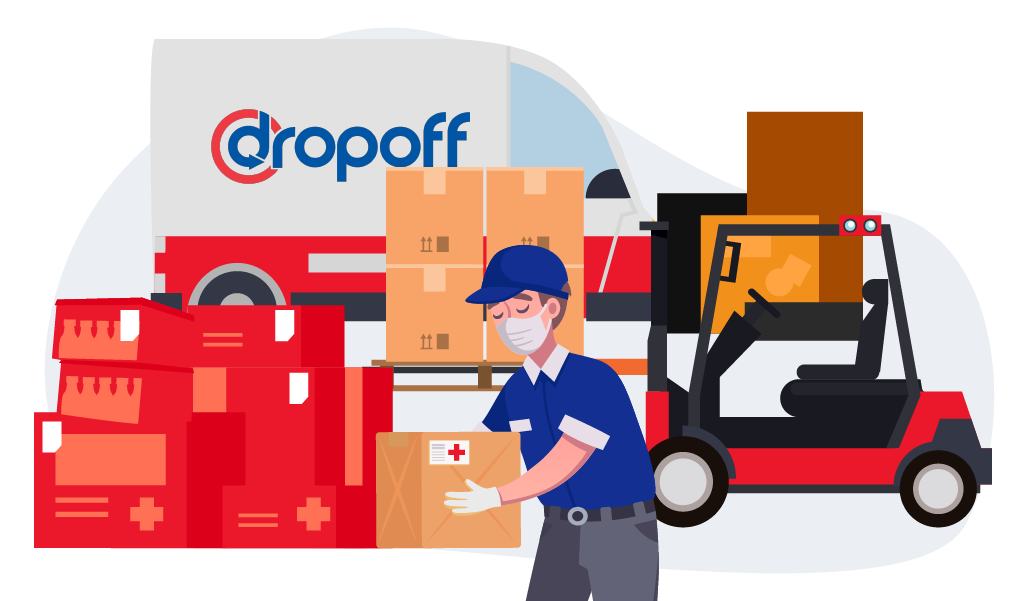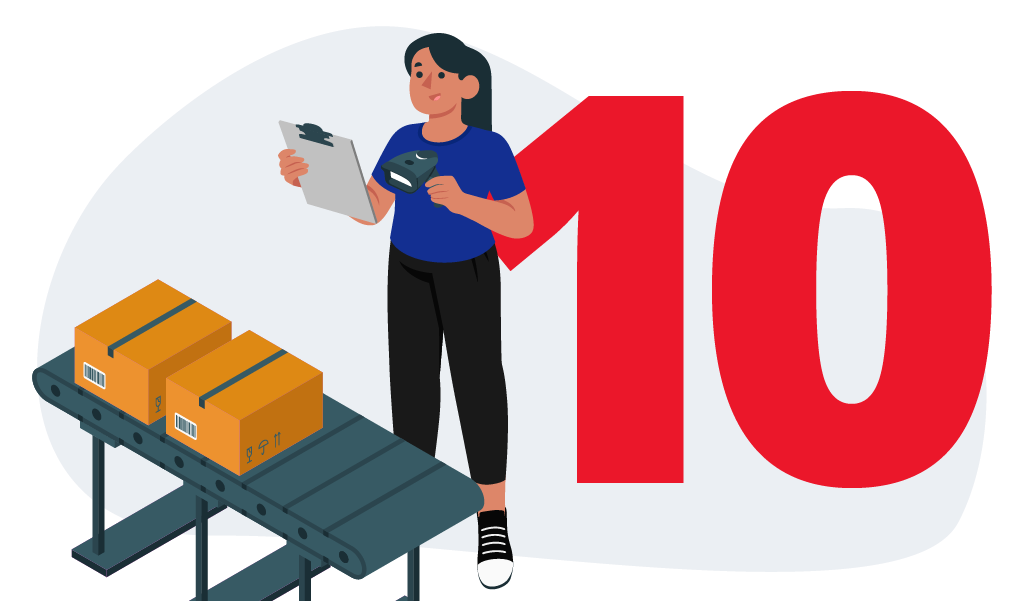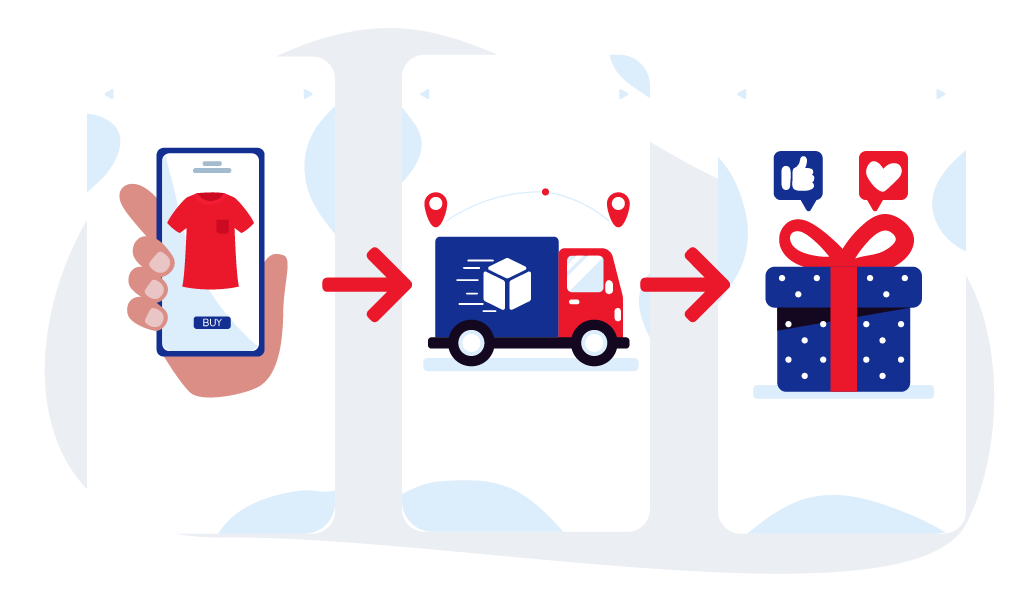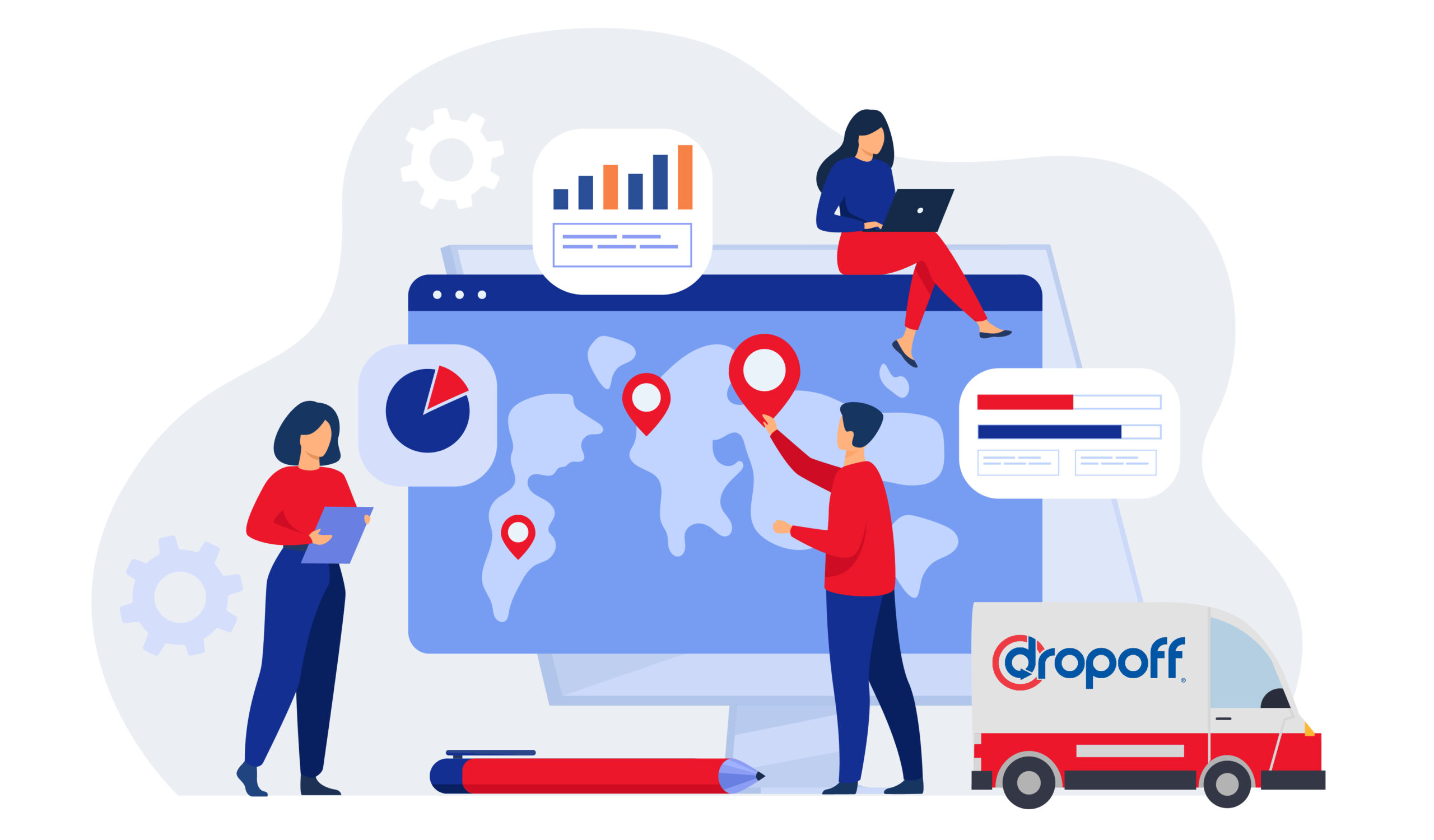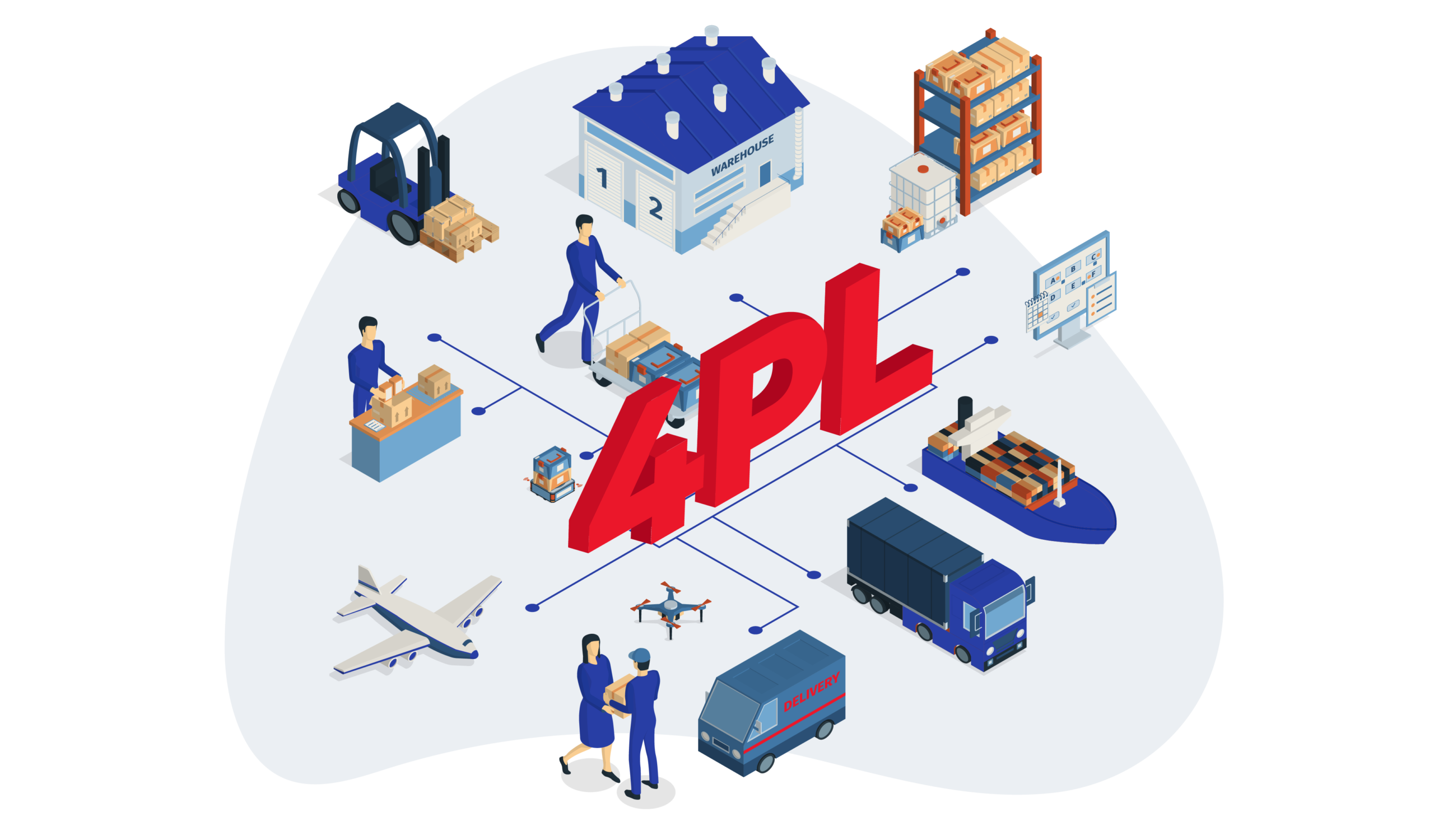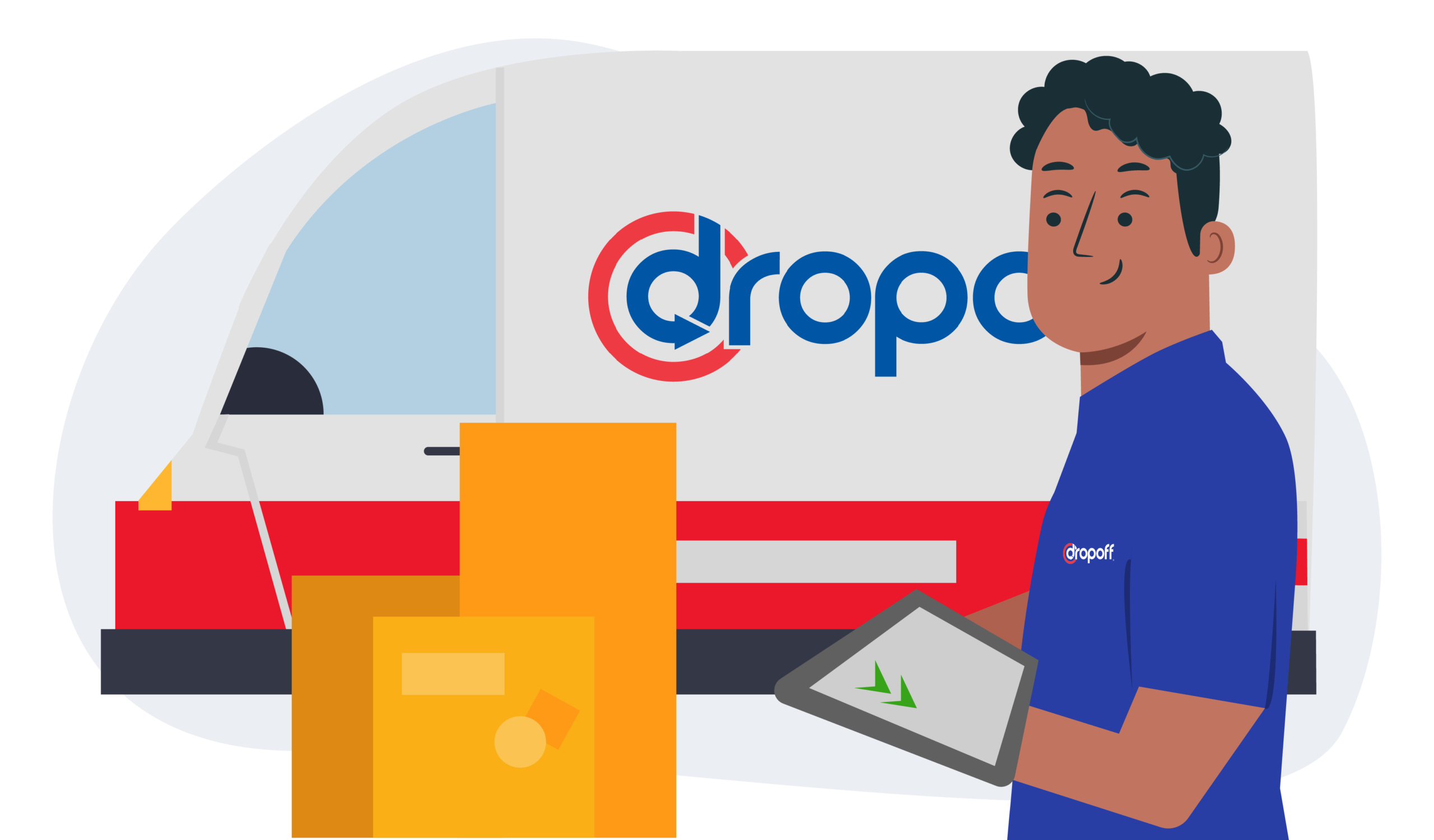B2B Last-Mile Delivery: 5 Tips To Run It Efficiently in 2023
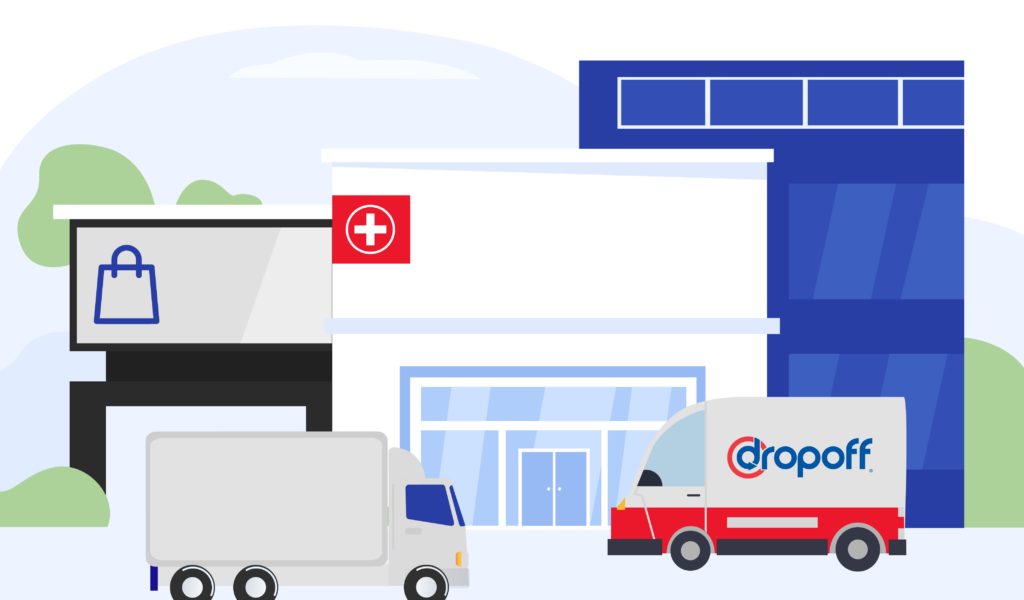
Most business owners would agree that B2B last-mile delivery is challenging.
With the complexity of coordinating deliveries to multiple business locations and dealing with specific delivery instructions and requirements, so much can go wrong.
This article will provide five tips to help you optimize your B2B delivery process, including strategies for improving efficiency, reducing costs, and enhancing the customer experience.
Whether you’re a small business owner or a logistics manager at a large corporation, these tips can help you streamline your delivery operations.
What Is B2B Last Mile Delivery?
Last-mile B2B delivery refers to the transport of a product from a distribution center or hub to the purchasing company or end user. It is usually considered the supply chain’s most critical and expensive part.
Find out our top ten tips on how to perform efficient delivery management.
Top 4 Challenges with B2B Last-Mile Delivery
To this day, last-mile delivery for B2B companies is often still challenging.
Here are four common challenges that come with last-mile delivery:
1. Shortening Delivery Times
In the logistics industry, the “Amazon effect” refers to the trend of customers placing more value on fast delivery than on products or prices.
In a B2C setting, companies have the incentive to optimize their last-mile operations because many shoppers are willing to pay for faster shipping. On the other hand, in the B2B world, faster deliveries give companies a competitive advantage.
One strategy B2B sellers use is to have smaller warehouses in strategic locations to improve delivery efficiency and reduce last-mile delivery times. Some B2B sellers also decrease their order sizes to balance the extra cost of maintaining multiple warehouses.
Customers and local businesses in rural areas are so used to getting next-day or same-day deliveries, so B2B delivery companies must be quick to stay competitive.
However, B2B operations also often have regular customers who expect regular deliveries at specific times, so it’s best to have a way to fit new stops between those recurring orders.
Check out our top picks for the best last-mile delivery companies and startups in the US.
2. Providing Excellent Delivery Experiences
Recent technological advancements have raised customer expectations for fast deliveries. As these customers require shorter turnaround times, last-minute order changes became the norm. On top of that, B2C and B2B customers want transparency and visibility in the delivery process.
However, B2B sellers can take advantage of these changing needs if they have the right tools to manage volume fluctuations.
3. Outdated Delivery Processes
In B2B delivery, it’s essential to deal with volatility. You have to be agile, which means changing routes quickly, adjusting to changes easily, and using capacity flexibly.
B2B operations that rely on traditional delivery models, such as in-house fleets and drivers, might struggle to keep delivery costs low and maintain operational efficiency. Working with B2B delivery companies or contract drivers instead of in-house fleets allows B2B companies to be more flexible with their fleet size.
Hybrid fleet models, which combine in-house and outsourced fleets, are becoming more common. To make this work, make sure to have last-mile tracking and optimization technology that will accommodate the needs of outside partners.
4. Outdated Last-Mile Delivery Technology
Outdated technology can hurt productivity and profits. Many transportations and logistics companies still use outdated technology, and a recent survey found that over half of these companies believe it has caused them to lose customers.
Without modern technology, companies will struggle to adapt to unexpected situations, handle B2B last-mile delivery efficiently, and remain competitive. Your company should consider reviewing its current strategies and business models and investing in new technologies and solutions.
This will help increase operational efficiency, ensure business growth, and soften the impact of unexpected events like the COVID-19 pandemic. Adopting new solutions and innovations is the best way to stay competitive.
Here’s a quick 10-minute read on everything you need to know about B2B logistics.
5 Tips to Optimize Your B2B Last-Mile Delivery Process
Let’s take a closer look at these six tips when optimizing your B2B delivery process.
1. Use Hybrid Route Optimization
Route optimization helps businesses find the most efficient routes for on-time deliveries, considering driver availability, weather, traffic, and personnel availability for loading and unloading. It significantly improves on-time delivery rates, which is essential for B2B companies.
It’s also essential to have a system that can handle static and dynamic routing. Static routing involves a fixed schedule and cannot adjust to changes in order volume or mix. Dynamic routing allows for unique route plans each day based on customer and order specifics.
The key is to find the fastest routes and consider anchor stops for important customers while optimizing other stops around those anchors.
Implementing Hybrid Route Optimization in Your Delivery Business Model
How to implement hybrid route optimization in B2B delivery:
- Identify your most important customers and delivery locations: These may be customers with the most rushed deliveries. These will be your anchor stops, where you will use static routing to ensure they are constantly visited at a specific time.
- Set up your static routes: Plan out the routes that will visit your anchor stops at the designated times. These routes should be as efficient as possible and consider constraints such as driver availability, vehicle capacity, and delivery window requirements.
- Implement a dynamic routing system: Use software or a routing platform to handle the remaining stops and orders that are not part of the static routes. This system should calculate the most efficient routes for these stops based on real-time data such as traffic, weather, and order volumes.
- Integrate your static and dynamic routing systems: Make sure that your static and dynamic routing systems can communicate and share data. This maintains the efficiency of your static routes while also being able to accommodate changes in demand.
- Monitor and optimize: Monitor and analyze your delivery routes to look for ways to improve. Use data and analytics to optimize your routes and ensure that you meet your delivery goals as efficiently as possible.
Learn more about last-mile fulfillment and how to run it successfully.
By implementing hybrid route optimization, improving your delivery efficiency and meeting customers’ needs will be easier.
2. Implement Real-Time Tracking
Real-time tracking of delivery vehicles helps companies manage their fleets and provide transparency to customers. Customers get to see the progress of their delivery, get accurate arrival times, and track the delivery live.
Implementing Real-Time Tracking in Your Delivery Business Model
How to implement real-time tracking in B2B delivery:
- Choose a real-time tracking solution: Many options are available, including GPS tracking devices, mobile app tracking, and telematics systems. Don’t forget costs, compatibility with your existing systems, and the level of detail and accuracy you need.
- Set up tracking software or platforms: Use software or platforms to monitor and analyze the data collected by the tracking devices. This may include a dashboard or interface for tracking vehicle locations and status and tools for analyzing and optimizing routes.
- Train your staff: Your delivery drivers and other staff must be familiar with the tracking system and know how to use it. Provide any necessary training and support, so the system is used effectively.
- Integrate with other systems: Consider integrating your real-time tracking system with other systems, such as your order management or customer relationship management (CRM) platform. You can share tracking information with customers and other stakeholders seamlessly and efficiently.
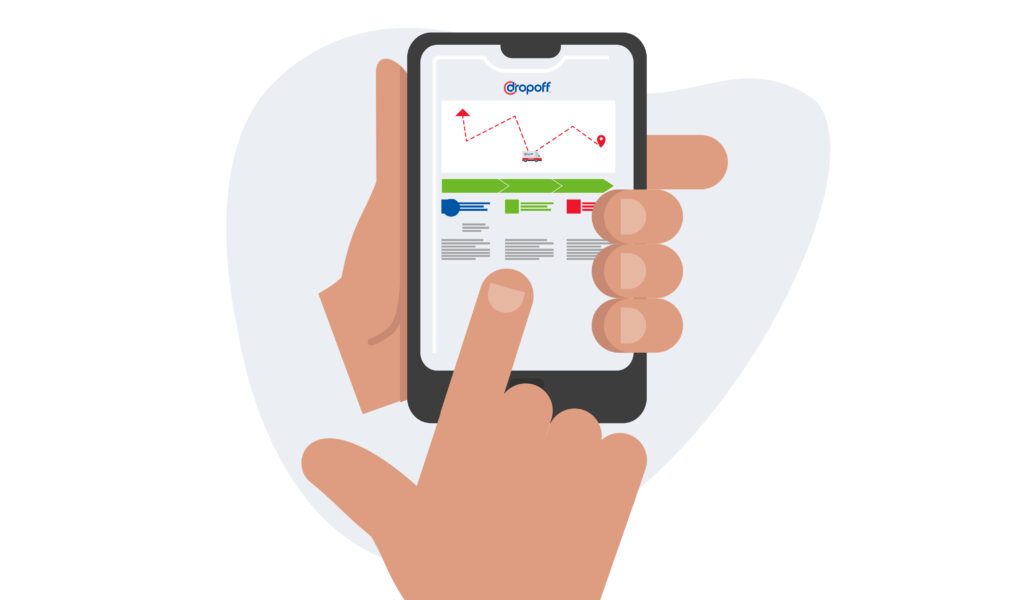
Overall, real-time tracking helps you track and optimize routes, reduce delivery times, and provide accurate arrival times to customers.
3. Offer Flexible Deliveries
The cost of order cancellations can be high.
Risks like last-minute order changes or changes in delivery location are challenging, but not if you use the right B2B last-mile delivery solution. You keep your customers happy when you easily adjust your plans to accommodate customer changes. And without increasing your delivery costs significantly.
Offering Flexible Deliveries in Your Delivery Business Model
How to offer flexible deliveries in B2B delivery:
- Offer a range of delivery options: Consider offering different delivery options such as same-day delivery, next-day delivery, standard delivery, and scheduled delivery. Customers can choose the option that best fits their needs and budget.
- Use a customer-facing platform: Consider offering a customer-facing platform or portal that allows customers to track their delivery in real-time and make any necessary changes to their delivery schedule. Customer satisfaction will likely improve.
- Communicate with your customers: Regular communication with your customers is key to offering flexible deliveries. Keep your customers informed about their delivery status and any changes to their delivery schedule.
By offering a range of delivery options, you improve the flexibility of your last-mile delivery business model and meet your customers’ needs.
4. Allocate Resources Automatically
Today, many companies still use manual delivery processes, which are inflexible, prone to mistakes, and slow.
To improve delivery efficiency, use a modern B2B last-mile delivery solution that automatically assigns jobs based on delivery costs, urgency, and customer location.
Automatic resource allocation uses technology or software to assign delivery resources, such as vehicles and drivers, to specific jobs based on predetermined criteria.
Allocating Resources Automatically in Your Delivery Business Model
How to allocate resources automatically in B2B delivery:
- Determine your allocation criteria: Decide the criteria you will use to assign delivery resources. This may include factors such as delivery cost, delivery time, customer location, and driver availability.
- Choose a resource allocation system: Use a resource allocation platform or software that automatically assigns resources based on your predetermined criteria. Look for a flexible, scalable system that integrates with your other systems.
- Set up the system: Follow the instructions provided by the manufacturer to set up your resource allocation system. This may include installing software or integrating with existing systems.
- Train your staff: Your staff must know how to use the resource allocation system and what criteria are used to assign resources. Provide any necessary training to make sure that the system is used effectively.
- Monitor and optimize: Regularly monitor and analyze your resource allocation to identify opportunities for improvement. Use data and analytics to maximize your resource allocation.
Follow the tips above, and you will improve the efficiency and effectiveness of your last-mile B2B delivery business model.
Further, read more about common warehouse shipping mistakes and their solutions.
5. Implement Telematics Integration
For this tip, we’ll use the food distribution industry as an example.
Monitoring driver behavior and asset data in real-time during delivery are essential. This includes monitoring the cold chain to ensure that food stays at the right temperature, tracking fuel tax expenses by state, and monitoring driver behaviors such as hard braking.
It is also important to have a centralized control system that allows you to see this information without leaving your office. By integrating telematics and dispatch delivery management, you can more effectively adapt to what is happening on the day of delivery.
Integrating Telematics in Your Delivery Business Model
How to implement telematics integration in B2B delivery:
- Choose a telematics system: Research and select one that meets your business’s needs. Consider factors such as cost, compatibility with your existing systems, and the level of detail and accuracy you need.
- Install telematics devices: Install telematics devices on your delivery vehicles according to the instructions provided by the manufacturer. Follow any safety guidelines and ensure that the devices do not interfere with the vehicle’s operation.
- Set up telematics software or platforms: Use software or platforms to monitor and analyze the data collected by the telematics devices. This may include a dashboard or interface for tracking vehicle performance and location and tools for analyzing and optimizing routes.
- Integrate with other systems: Consider integrating your telematics system with other systems, such as your dispatch management or customer relationship management (CRM) platform. This will allow you to share telematics data with other stakeholders seamlessly and efficiently.
Moreover, telematics integration will improve the efficiency and transparency of your B2B last-mile delivery operations.
How Dropoff Can Help with B2B Delivery
Dropoff is a third-party logistics provider that partners with local and national businesses to deliver orders. We offer a range of delivery options – all you need to do is choose the delivery option that best fits your needs.
Our real-time tracking technology allows customers to monitor their shipments’ progress and receive accurate expected time of arrival (ETA) information. Our proof of delivery functionality allows drivers to take photos, make notes, and capture signatures on mobile devices.
With our blend of cutting-edge technology and expertise in last-mile B2B delivery, you can rest assured your goods end up where you want them to, fast.
Talk with a Dropoff expert if you’re looking for a partner to help manage your last-mile deliveries.

